Dental implants are a popular choice for replacing missing teeth, but the success of your implant largely depends on the material used for the crown. With various options available, from porcelain-fused-to-metal to all-ceramic crowns, each material offers different benefits. This guide will help you understand these options and choose the best Dental Implant Crown Material based on your needs and preferences, ensuring durability and aesthetic appeal.
Choosing Dental Implant Crown Materials
When it comes to dental implants, the choice of crown material plays a crucial role in achieving both functional and aesthetic success. Dental crowns are the visible part of the implant, designed to restore the appearance and functionality of a missing tooth. Selecting the right material for these crowns involves considering factors such as durability, appearance, and biocompatibility. Each material has its own set of advantages and limitations, making it essential to understand the different options available.
1. Porcelain-Fused-to-Metal (PFM) Crowns
Overview:
Porcelain-fused-to-metal crowns combine a metal base with a porcelain overlay. The metal provides strength, while the porcelain offers a natural appearance.
Benefits:
- Strength and Durability: The metal core makes PFM crowns highly durable, and suitable for areas with high bite pressure.
- Natural Appearance: The porcelain can be color-matched to blend seamlessly with natural teeth.
Considerations:
- Potential Metal Show-through: Over time, the porcelain may wear down, revealing the metal beneath.
- Aesthetic Limitations: Although the porcelain mimics natural teeth, it may not fully replicate their translucency.
2. All-Ceramic Crowns
Overview:
All crowns are made entirely from ceramic materials such as zirconia or lithium disilicate. They are known for their superior aesthetic qualities and biocompatibility.
Benefits:
- Exceptional Aesthetics: These crowns closely resemble natural teeth in color and translucency, making them ideal for front teeth.
- Biocompatibility: Ceramics are less likely to cause allergic reactions or irritation.
Considerations:
- Strength: While strong, all-ceramic crowns may not be as durable as metal-based options, especially for patients with heavy bites.
- Cost: They are often more expensive due to the advanced materials and technology used.
3. Metal Crowns
Overview:
Metal crowns, often made from gold or other non-noble metals, are known for their strength and longevity.
Benefits:
- Durability: Metal crowns are highly resistant to wear and pressure, making them suitable for molars and other high-stress areas.
- Minimal Tooth Reduction: Requires less removal of the natural tooth structure compared to other crown types.
Considerations:
- Aesthetic Concerns: Metal crowns are not suitable for visible teeth due to their color.
- Potential Allergic Reactions: Some patients might experience allergic reactions to the metal alloys.
4. Composite Resin Crowns
Overview:
Composite resin crowns are made from tooth-coloured resin, offering a more affordable alternative to ceramics.
Benefits:
- Cost-Effective: They are generally less expensive than other crown materials.
- Aesthetic Flexibility: Can be matched to the color of natural teeth.
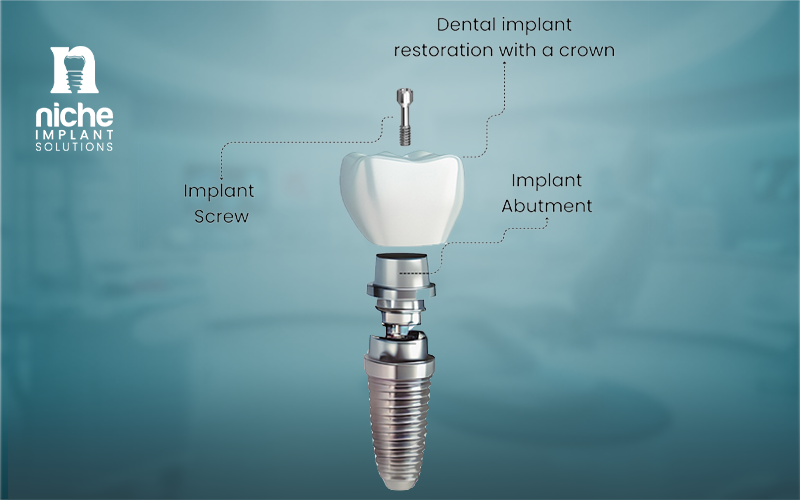
Considerations:
- Durability: Less durable than ceramic or metal crowns and may wear down more quickly.
- Staining: Composite crowns may be more prone to staining over time.
Choosing the Right Crown Material
When selecting a dental implant crown material, consider the following factors:
- Location of the Crown: For front teeth where appearance is crucial, all-ceramic crowns are preferred. For back teeth that experience heavy chewing forces, PFM or metal crowns may be more appropriate.
- Aesthetic Preferences: If a natural look is important to you, ceramic options may be the best choice.
- Functional Needs: Consider how much pressure the crown will endure and choose a material that can withstand it.
- Budget: Different materials come with varying costs, so evaluate your financial options.
Choosing the right dental implant crown material involves balancing aesthetics, strength, and cost. Each option—porcelain-fused-to-metal, all-ceramic, metal, and composite resin—has unique benefits and considerations. By understanding these factors and consulting with your dentist, you can select the best material for optimal durability and appearance.
Patient-Specific Considerations for Choosing Dental Implant Crown Materials
When selecting the appropriate dental implant crown material, it’s crucial to consider various patient-specific factors to ensure optimal outcomes. Here’s a comprehensive guide to help you make informed decisions tailored to individual patient needs:
1. Clinical Indications
Overview: Different materials serve different purposes based on the location and functional requirements of the crown.
Considerations:
- Front Teeth: For visible areas, aesthetics are paramount. All-ceramic crowns, such as zirconia or lithium disilicate, are often preferred due to their superior color match and translucency.
- Back Teeth: For areas subject to heavy chewing forces, PFM or metal crowns may be more suitable due to their strength and durability.
ِAlso look: Optidam Posterior: Benefits and Effective Uses of This Innovative Product
2. Occlusal Forces
Overview: The amount of bite pressure and occlusal forces play a significant role in material selection.
Considerations:
- High Occlusal Forces: Metal crowns or PFM crowns with a strong metal base are ideal for patients with heavy bites to withstand significant pressure.
- Moderate Occlusal Forces: All-ceramic crowns can be used if the patient’s bite is less forceful, but their durability needs to be matched to the functional requirements.
3. Aesthetic Preferences
Overview: Patients’ aesthetic expectations can influence the choice of crown material.
Considerations:
- High Aesthetic Demand: Patients seeking a natural appearance may prefer all-ceramic crowns due to their ability to mimic the look and translucency of natural teeth.
- Lower Aesthetic Demands: For patients who prioritize functionality over appearance, PFM or metal crowns may be acceptable, especially for posterior teeth.
4. Allergies and Sensitivities
Overview: Some patients may have allergies or sensitivities to certain materials.
Considerations:
- Metal Allergies: If a patient has a known allergy to metals, all-ceramic or composite resin crowns would be preferable to avoid potential reactions.
- Biocompatibility: Ensure the chosen material is compatible with the patient’s oral tissues to prevent irritation or adverse reactions.
5. Financial Constraints
Overview: The cost of different crown materials varies, which can affect the patient’s decision.
Considerations:
- Budget-Conscious Patients: Composite resin crowns offer a cost-effective solution, though they may have limitations in terms of durability and aesthetics.
- Higher Budget: All-ceramic or PFM crowns may be more suitable for patients who can afford the higher cost for enhanced durability and appearance.
6. Longevity and Maintenance
Overview: The longevity and required maintenance of the crown material can influence the patient’s choice.
Considerations:
- Long-Term Durability: Metal and PFM crowns generally offer greater durability and require less frequent replacement.
- Maintenance Requirements: Educate patients on the care needed for different materials to ensure they understand the maintenance involved and the lifespan of their crowns.
7. Patient’s Overall Health
Overview: Systemic health issues can impact the choice of crown material.
Considerations:
- Systemic Conditions: Conditions such as bruxism or significant wear patterns may necessitate the use of more robust materials like metal or PFM crowns to ensure longevity.
- Oral Health: Consider the patient’s overall oral health, including the condition of their remaining teeth and gums, which can affect the success of different crown materials.
Consulting with Patients
Engage in a thorough discussion with your patients about their specific needs, preferences, and concerns. Tailoring your recommendations to their unique circumstances will help achieve the best outcomes and enhance their satisfaction with the dental implant process.
By considering these patient-specific factors, you can make informed decisions about the most suitable dental implant crown material for each individual, ensuring both functional success and aesthetic satisfaction.
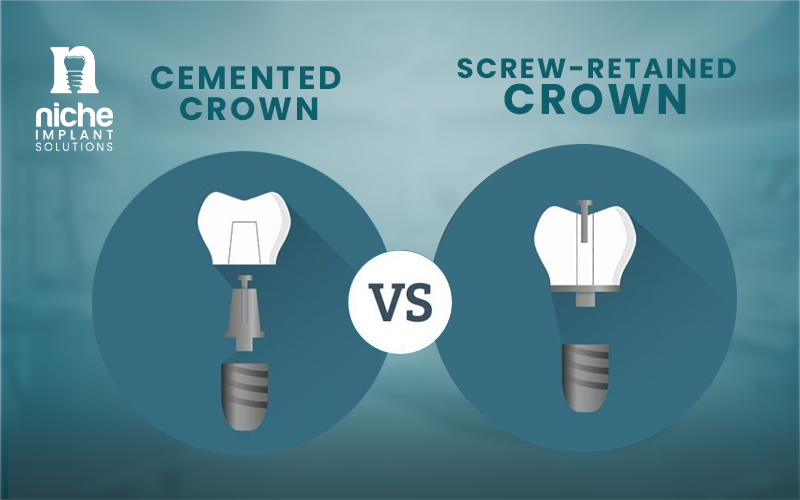
Crown vs. Implant vs. Bridge: A Brief Comparison for Dental Professionals
When choosing between crowns, implants, and bridges for tooth restoration, each option presents distinct benefits and considerations.
- Dental Crown: A crown covers a damaged tooth, restoring its strength and appearance. The choice of dental implant crown material impacts both durability and aesthetics. Materials include porcelain, ceramic, metal, and composite resin.
- Dental Implant: An implant is a titanium or zirconia post placed in the jawbone to replace a missing tooth root. It provides a stable foundation for a crown and preserves bone structure. The quality of the dental implant crown material used on the implant is crucial for achieving a natural look and long-term success.
- Dental Bridge: A bridge replaces one or more missing teeth by anchoring to adjacent teeth or implants. It restores function and appearance but requires the preparation of adjacent teeth. The dental implant crown material used in bridges must ensure both strength and aesthetic appeal.
Advanced Technologies in Dental Crown Materials: What’s New?
In the ever-evolving field of dentistry, advancements in dental crown materials have significantly enhanced the options available for dental implants. Staying informed about these new technologies can help dental professionals provide the best care for their patients. This guide explores the latest innovations in dental crown materials and their implications for practice.
- Zirconia Crowns:
Enhanced Strength and Aesthetics Zirconia crowns have become increasingly popular due to their exceptional strength and natural appearance. Recent advancements in zirconia technology have improved translucency, allowing these crowns to more closely mimic the appearance of natural teeth. Enhanced manufacturing techniques, such as CAD/CAM technology, ensure precise fitting and reduced chair time. This progress in dental implant crown materials ensures better performance and patient satisfaction.
- Lithium Disilicate:
Superior Esthetics and Durability Lithium disilicate crowns offer a balance of high esthetics and durability. Advances in this material have led to improved translucency and strength, making it suitable for both anterior and posterior teeth. The material’s ability to bond well with the tooth structure contributes to its long-term success. These improvements in dental implant crown materials enhance both aesthetic outcomes and durability.
- 3D Printing Technology:
Customization and Efficiency 3D printing technology has revolutionized the production of dental crowns. It allows for the rapid creation of custom crowns with precise details. This technology reduces production time and enhances the accuracy of crown fitting. As 3D printers become more accessible, they offer a cost-effective solution for creating high-quality dental crowns. The integration of 3D printing in dental implant crown materials streamlines the process and enhances efficiency.
- Nanotechnology:
Enhanced Material Properties Nanotechnology is being integrated into dental materials to improve their properties. For example, nanocomposites can enhance the wear resistance and strength of composite resin crowns. This technology ensures better performance and longevity of crowns, making them more reliable for patients. Advances in nanotechnology contribute to the development of superior dental implant crown materials.
- Biocompatible Materials:
Improving Patient Comfort New biocompatible materials are being developed to minimize the risk of allergic reactions and ensure better integration with oral tissues. These materials help in reducing inflammation and improving patient comfort, leading to more successful outcomes and greater patient satisfaction. The focus on biocompatibility in dental implant crown materials enhances the overall patient experience.
- Digital Impressions:
Precision and Convenience Digital impression systems have transformed the way crowns are designed and manufactured. These systems provide highly accurate impressions, reducing the need for traditional molds and improving the fit of crowns. Digital workflows streamline the process, leading to quicker turnaround times and enhanced patient convenience. The use of digital technology in dental implant crown materials ensures precision and efficiency.
conclusion,
Advanced technologies in dental crown materials are continually evolving, offering dental professionals new tools and materials to enhance patient care. By staying updated on the latest innovations can make informed decisions that optimize both function and aesthetics for dental implants. For expert advice and the latest solutions in dental implant crown materials, consider consulting Niche Dental Solutions. Their expertise in cutting-edge materials and technologies can help you provide superior care and achieve the best outcomes for your patients.

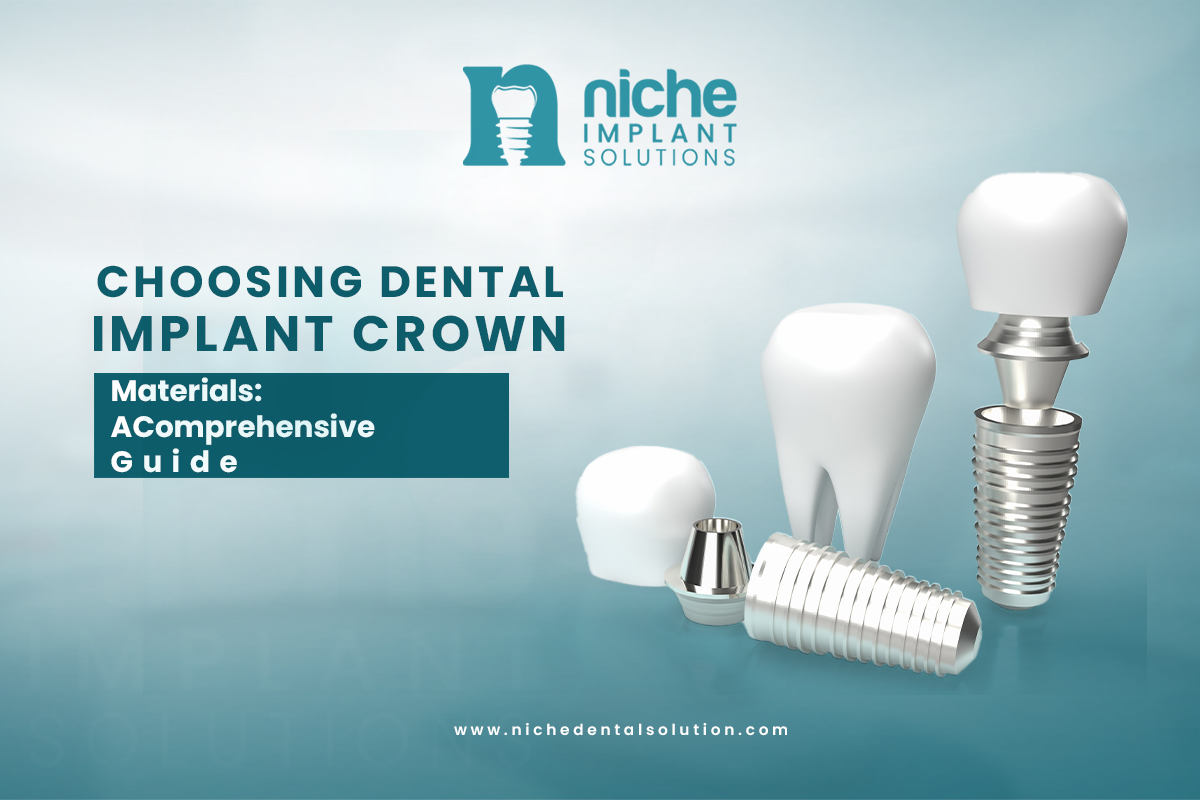
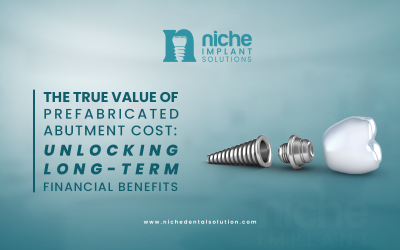
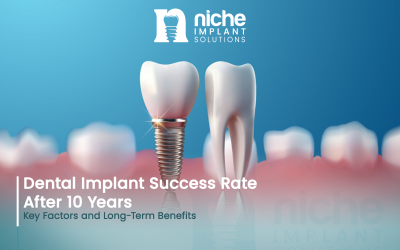
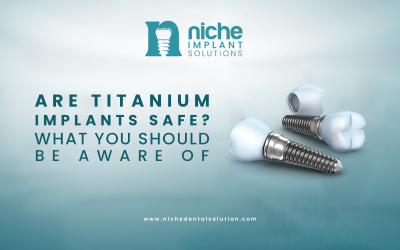
0 Comments